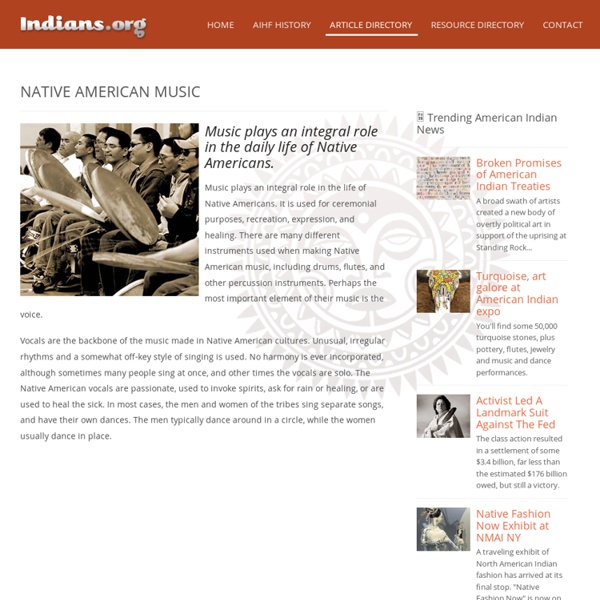Native American music and culture
Music plays an integral role in the daily life of Native Americans. Music plays an integral role in the life of Native Americans. It is used for ceremonial purposes, recreation, expression, and healing. There are many different instruments used when making Native American music, including drums, flutes, and other percussion instruments. Perhaps the most important element of their music is the voice. Vocals are the backbone of the music made in Native American cultures. Many researchers feel that Native American music is some of the most complex ever performed. Related Stories: Native American Music Share This Page with Your Friends
http://www.indians.org/articles/native-american-music.html
Havel
Edward Havel Rhetoric of Reggae Research Paper Professor Alfred Snider (Tuna) Drums and Bass Guitar: The Foundation of Reggae Music
Related:



